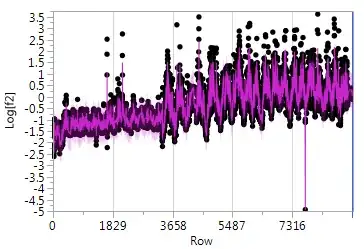The distribution $f(x) \propto (1-x^2)^{n/2}$ for $-1 \leq x \leq 1$
It occurs in a problem like Law of the norm of the empirical mean of uniforms on the sphere?
It relates to intersections of high dimensional sphere. See the image from this question: Volumes of n-balls: what is so special about n=5?

It is the distribution of a coordinate of point that is uniform distributed on a sphere: Average absolute value of a coordinate of a random unit vector?
